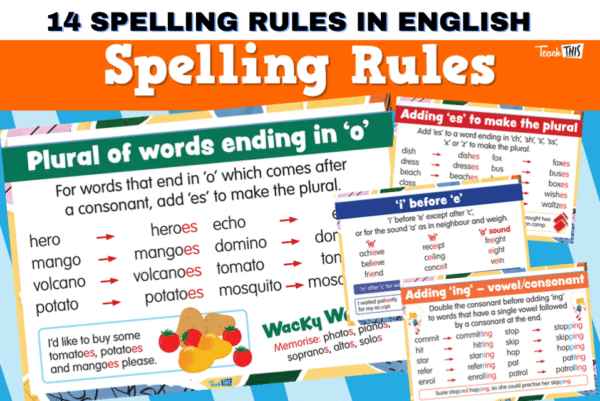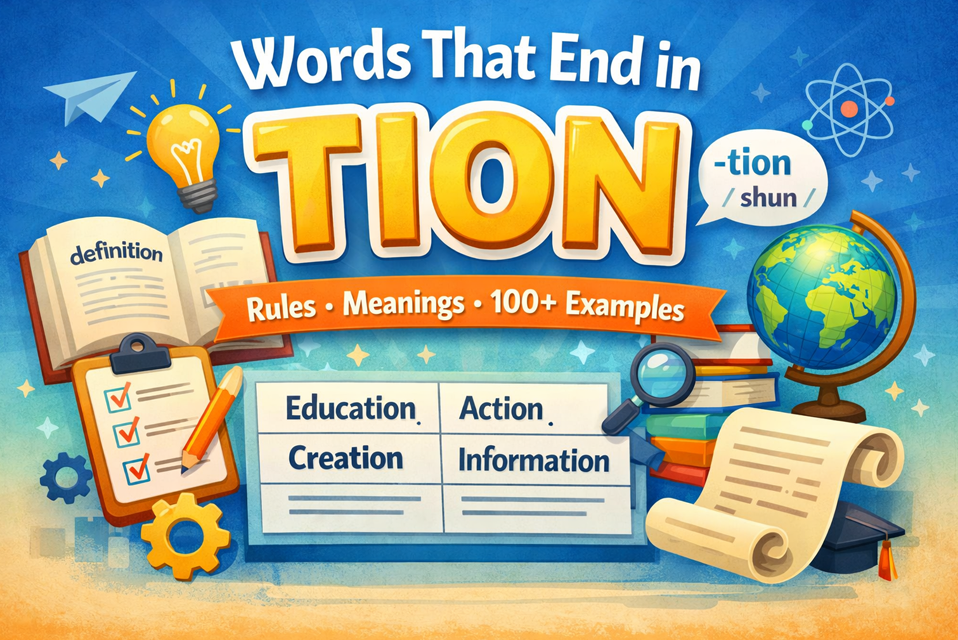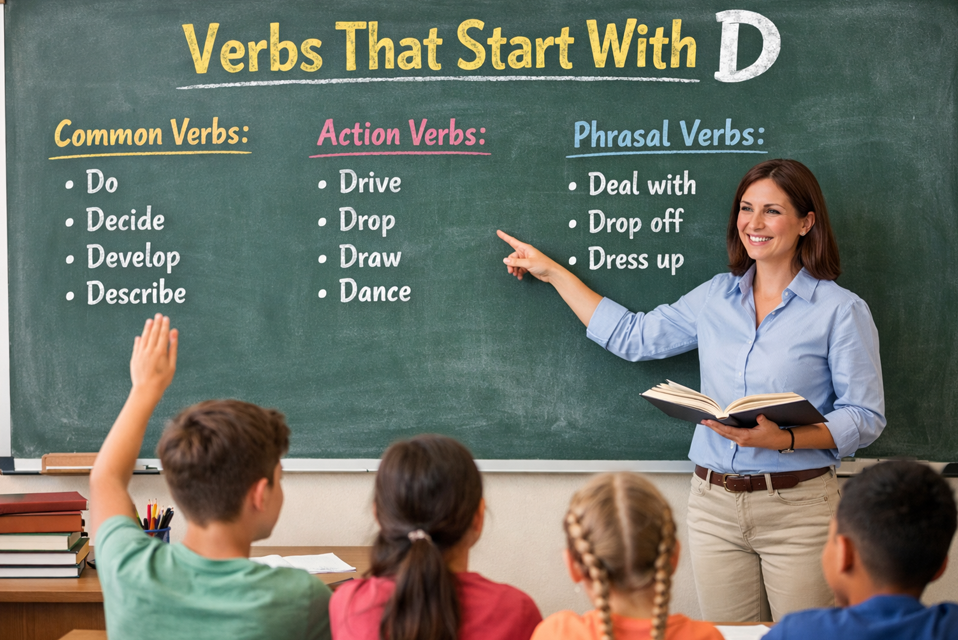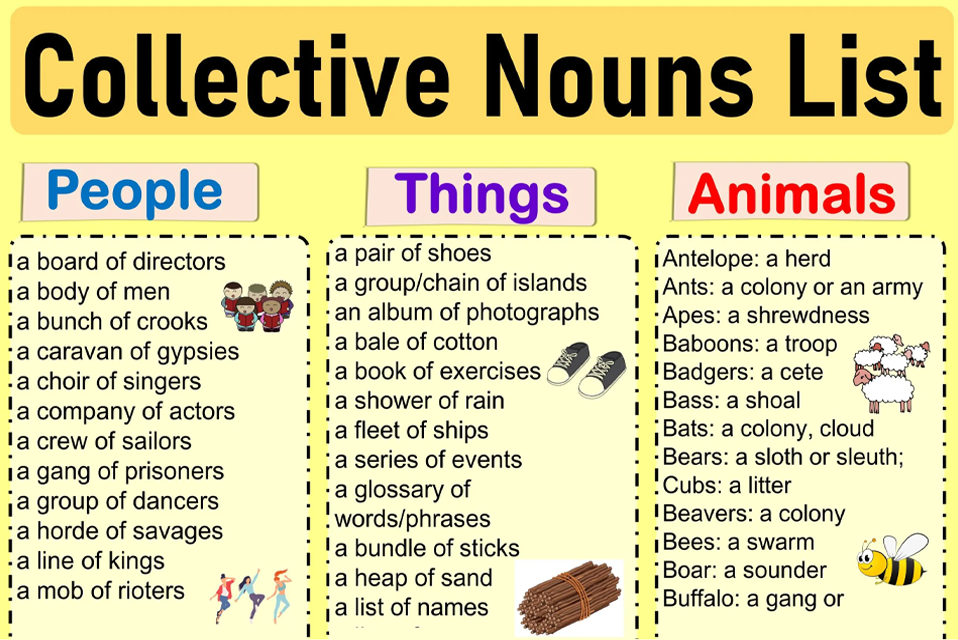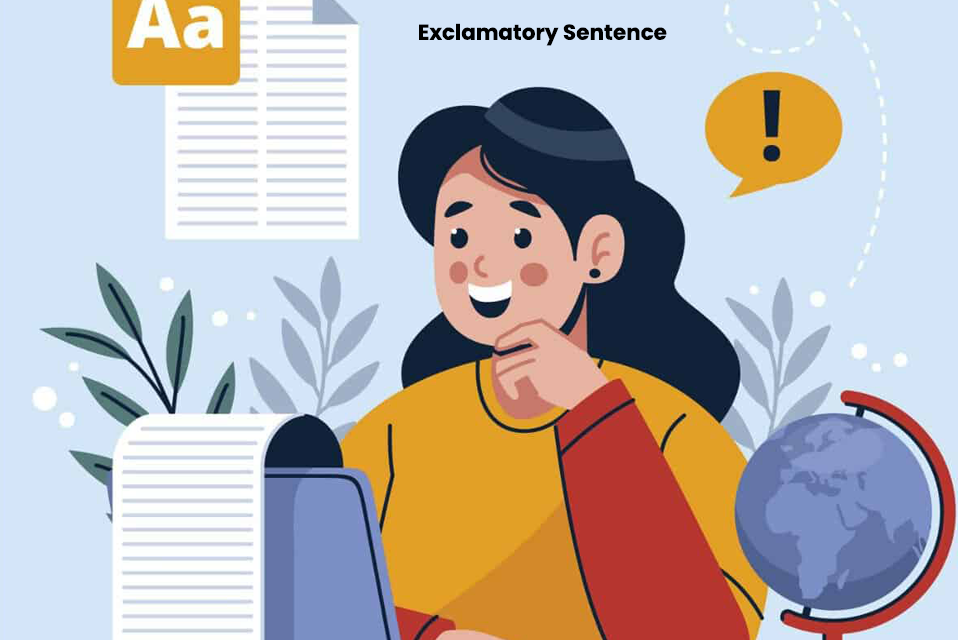Learning English spelling can feel challenging, but understanding the basics makes it much easier. Since English has borrowed words from many languages, spelling rules sometimes look confusing. Why do we write receive with “ei” but believe with “ie”? Or why does psychology begin with a silent “p”? To clear this confusion, we have put together 14 Spelling Rules in English that will not only help you spell words correctly but also improve your vocabulary in writing. By mastering these rules, you can expand your word knowledge, write with confidence, and strengthen your overall English skills.
Why Spelling Rules Matter
Spelling rules matter because they:
- Enhance clear communication
- Improve credibility in academic and professional settings
- Help reveal patterns in word formation
- Support reading comprehension and vocabulary growth
1. Adding Prefixes to Words
Prefixes are added to the beginning of words and typically do not change the spelling of the base word.
| Prefix | Meaning | Examples |
| un- | not, opposite | unhappy, unclear |
| dis- | not, opposite | dislike, disconnect |
| re- | again | rewrite, reread |
| pre- | before | preview, prepaid |
| post- | after | postwar, postpone |
| mis- | wrongly | misunderstand, misplace |
| over- | excessive | overreact, overestimate |
| under- | insufficient | underperform, underpaid |
| non- | not | nonfiction, non-negotiable |
| in-/im- | not | incorrect, imperfect |
2. Adding Suffixes to Words
Suffixes may alter the spelling of the base word. Key rules include:
Doubling the Final Consonant: Double the final consonant when the word ends in a single consonant, preceded by a single vowel, and the stress is on the last syllable.
| Base Word | With Suffix | Explanation |
| admit | admitted | stress on final syllable |
| begin | beginning | same rule applies |
Dropping the Final ‘e’: Drop the ‘e’ when adding a suffix starting with a vowel. Keep it when the suffix starts with a consonant.
| Base Word | With Suffix (vowel) | With Suffix (consonant) |
| hope | hoping | hopeful |
| care | caring | careful |
Changing ‘y’ to ‘i’: When a word ends in a consonant + ‘y’, change ‘y’ to ‘i’ before adding a suffix, unless the suffix starts with ‘i’.
| Base Word | With Suffix | Exception |
| happy | happiness | happying |
| cry | cried | crying |
3. “I Before E Except After C”
The rule: “i before e except after c when the sound is ‘ee'”
| Rule Pattern | Examples |
| ‘i’ before ‘e’ | believe, thief |
| ‘e’ before ‘i’ after ‘c’ | receive, deceive |
| Exceptions | weird, seize |
4. Silent Letters
Certain letters are silent due to historical or etymological reasons.
| Silent Letter | Examples |
| b | climb, debt |
| k | knee, knock |
| p | psychology, pneumonia |
| t | listen, whistle |
5. Common Letter Patterns
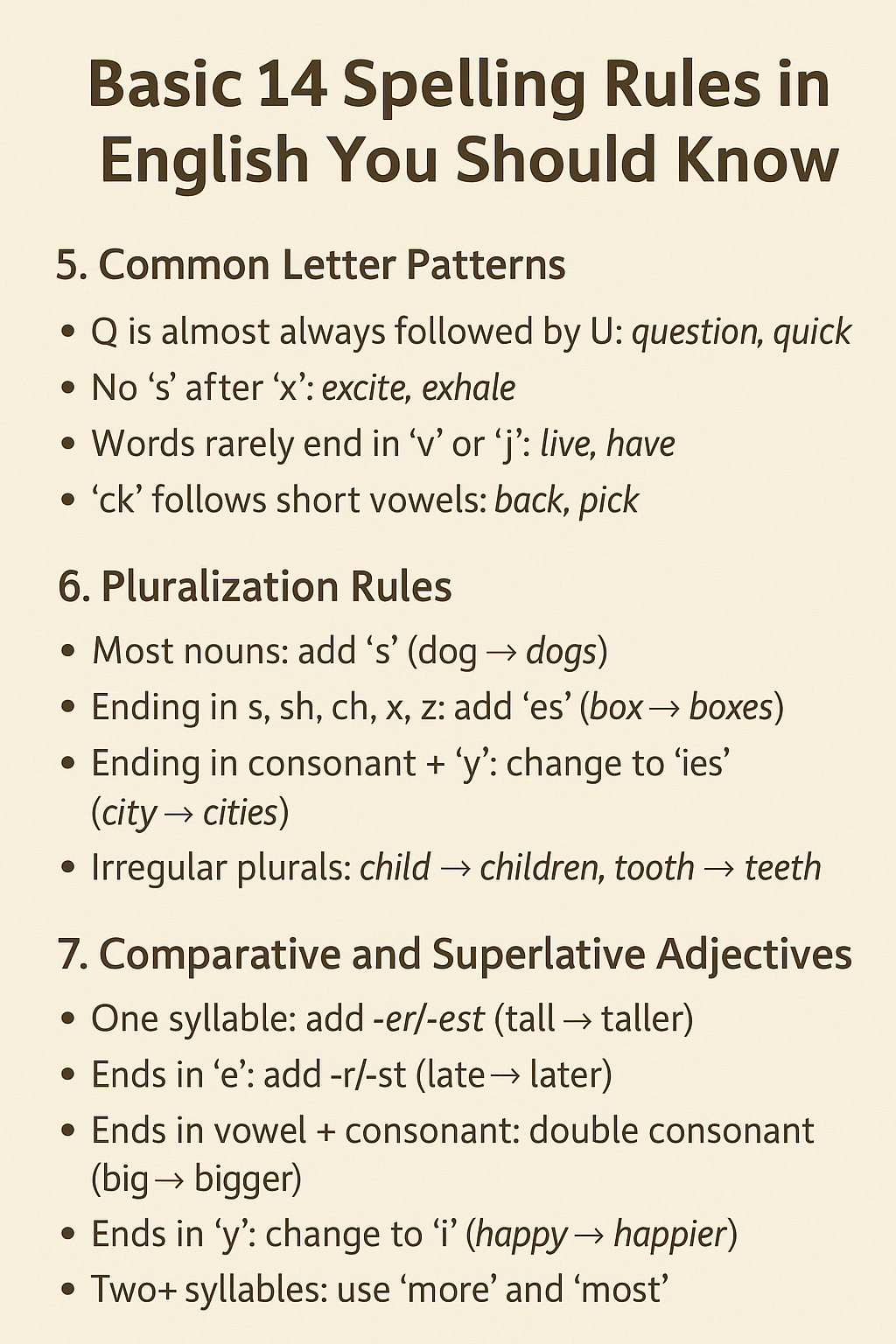
- Q is almost always followed by U: question, quick
- No ‘s’ after ‘x’: excite, exhale
- Words rarely end in ‘v’ or ‘j’: live, have
- ‘ck’ follows short vowels: back, pick
6. Pluralization Rules
- Most nouns: add ‘s’ (dog → dogs)
- Ending in s, sh, ch, x, z: add ‘es’ (box → boxes)
- Ending in consonant + ‘y’: change to ‘ies’ (city → cities)
- Irregular plurals: child → children, tooth → teeth
7. Comparative and Superlative Adjectives
- One syllable: add -er/-est (tall → taller)
- Ends in ‘e’: add -r/-st (late → later)
- Ends in vowel + consonant: double consonant (big → bigger)
- Ends in ‘y’: change to ‘i’ (happy → happier)
- Two+ syllables: use ‘more’ and ‘most’
8. Homophones and Confused Words
| Sound | Homophones | Usage |
| /tuː/ | two, too, to | I want to go, too. |
| /θɛr/ | their, there, they’re | Their house is there. |
9. Etymology and Word Origins
| Origin | Pattern | Examples |
| Greek | ‘ph’ = /f/, ‘ch’ = /k/ | philosophy, chemistry |
| Latin | ‘pt’, ‘ct’, ‘mn’ | receipt, column |
10. Compound Words
- Open: high school
- Hyphenated: mother-in-law
- Closed: keyboard
Hyphenation Tips: Use for clarity (re-creation vs. recreation).
11. American vs. British Spelling
| Feature | American | British |
| -or/-our | color | colour |
| -ize/-ise | organize | organise |
| -er/-re | center | centre |
12. Memory Techniques
- Mnemonics: “necessary has one collar and two sleeves”
- Look-Cover-Write-Check
- Word chunking: in-de-pen-dent
13. Common Mistakes
| Error | Example | Correction |
| Transposition | recieve | receive |
| Silent letter omission | goverment | government |
| Homophones | its/it’s | it’s = it is |
14. Spelling in the Digital Age
- Use tools like spell-checkers and apps
- Avoid over-relying on autocorrect
- Practice through journaling, reading, and writing
Conclusion:
The 14 Spelling Rules in English are more than just guidelines they are practical tools to strengthen your communication skills. By applying them, you can avoid common spelling mistakes, write with clarity, and even expand your vocabulary in writing. Whether it’s learning how to use s or es correctly, or understanding tricky patterns like silent letters, these rules make spelling easier and more reliable. Remember, spelling improves through regular practice, so keep reading, writing, and applying these rules daily. Start using them today, and you’ll see steady progress in your English spelling and overall confidence.
FAQ: 14 Spelling Rules in English
1. What are the most important English spelling rules to remember?
Some key spelling rules include dropping the final ‘e’ before adding a vowel suffix, doubling consonants after short vowels, and changing ‘y’ to ‘i’ before suffixes.
2. What does “i before e except after c” mean?
This rule means ‘i’ usually comes before ‘e’ (e.g., believe), except after ‘c’ when the sound is “ee” (e.g., receive). However, there are exceptions like “weird” and “seize.”
3. Why are there so many exceptions in English spelling?
English spelling has many exceptions because it borrows words from other languages like Latin, Greek, and French, each with its own rules and patterns.
